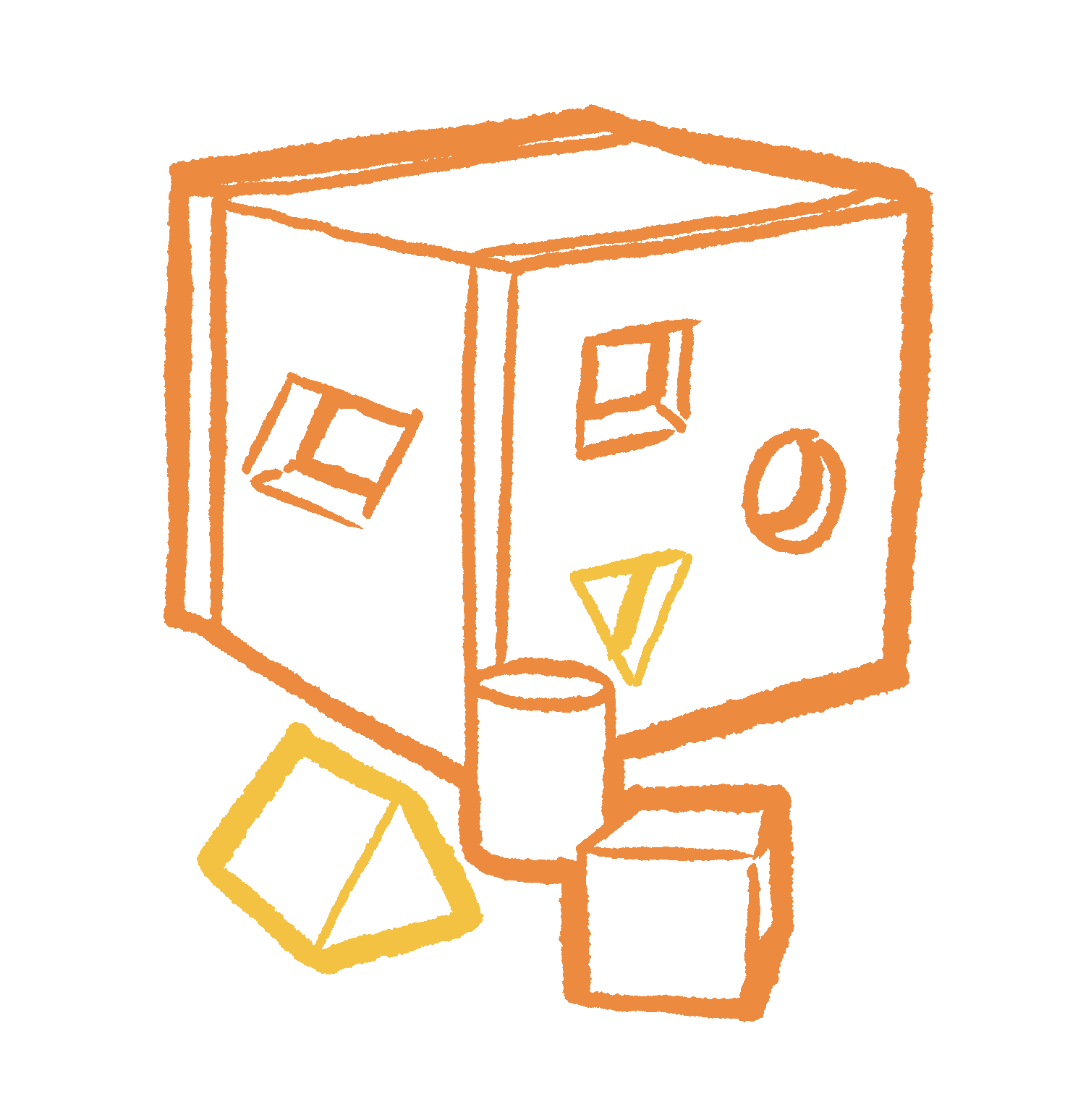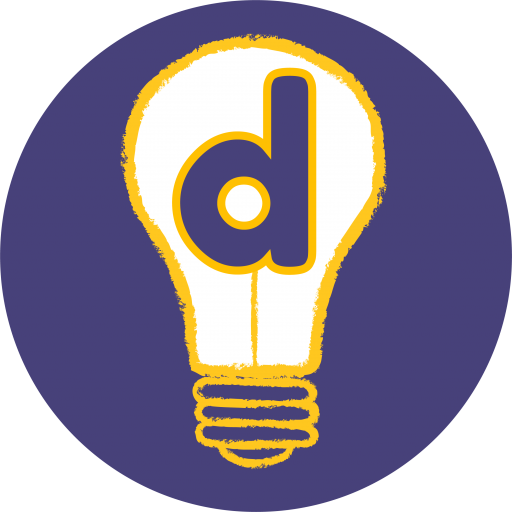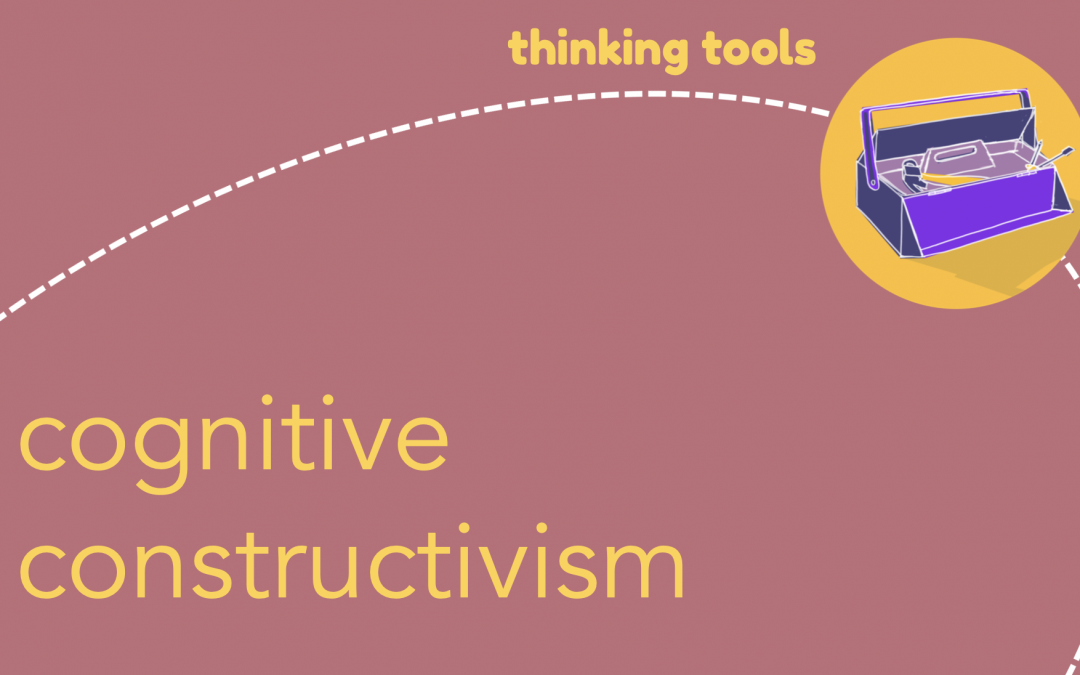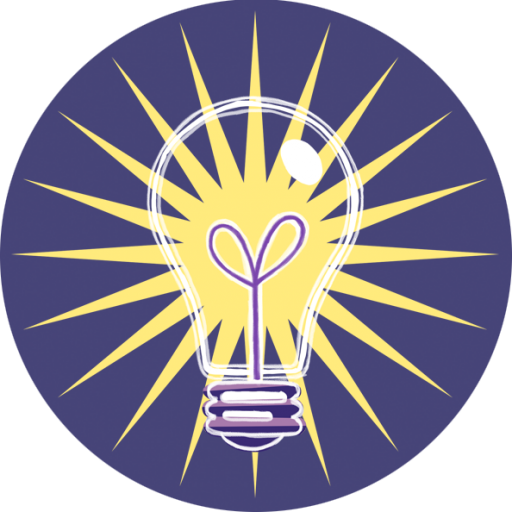In a previous post, we proposed that learning theories are key tools in every learning designer’s toolbox. Cognitive constructivism is a great example.
There are many different theories that attempt to explain how learning happens, and no single theory is sufficient to fully grasp the complexity of learning. So in this first in a series of posts, we’re going to unpack the idea that learning theories are ‘thinking tools’, and suggest that designing a learning experience requires specific combinations of tools.
What is cognitive constructivism?
Cognitive constructivism suggests that we ‘construct’ learning on top of our pre-existing knowledge. This interpretation of learning was revolutionary because it challenged the idea that we simply ‘absorb’ or ‘receive’ knowledge.
Viewing learning as a form of construction is helpful because it invites the question: what are we building on? If you’re building a house, you have to think carefully about the qualities of the ground you’re building on. What is already there, and how is your new building going to connect with it?
If we apply this idea of construction to creating new knowledge, we can ask questions such as “what is already in the learner’s brain?” Or “what experiences have they already had, both of the thing we’re going to teach them about and more generally?”
How can we use cognitive constructivism in learning design?
One of the most important ways that cognitive constructivism can guide learning design is by helping us think about learners’ prior knowledge. This enables us to adapt both the curriculum design, and how we teach it.
Here are some suggestions for using cognitive constructivism:
- empathise with your learners to consider what they already know about the subject
- anticipate that all learners will have different levels of prior knowledge, and allow time at the start of the learning experience to develop an understanding of this variance
- provide activities that enable learners to learn through problem-solving, as this will help them ‘fit’ their new knowledge onto their existing knowledge
- build in time for mentoring, both peer to peer and peer to tutor, as mentoring conversations will help learners make sense of their new knowledge
- respect the different perspectives, interests, abilities and limits that each learner brings to a learning experience
Cognitive constructivism helps us realise that we are all individuals, and that our prior knowledge and experiences are unique to us. It reminds us that everybody learns differently, and that each learner has to connect – or construct – new knowledge on top of their existing knowledge. This enables us to shift away from viewing learning as ‘delivering content’ and towards an understanding of learning as ‘sense-making’.
In terms of learning design, we need to make sure we leave enough time, and create suitable activities, for learners to make sense of what they’re learning.
You might also like:
Want to become a qualified learning designer?
We run a PGCert, PGDip and MA in Creative Teaching and Learning Design.




Crystal clear that! Brilliant 🙂